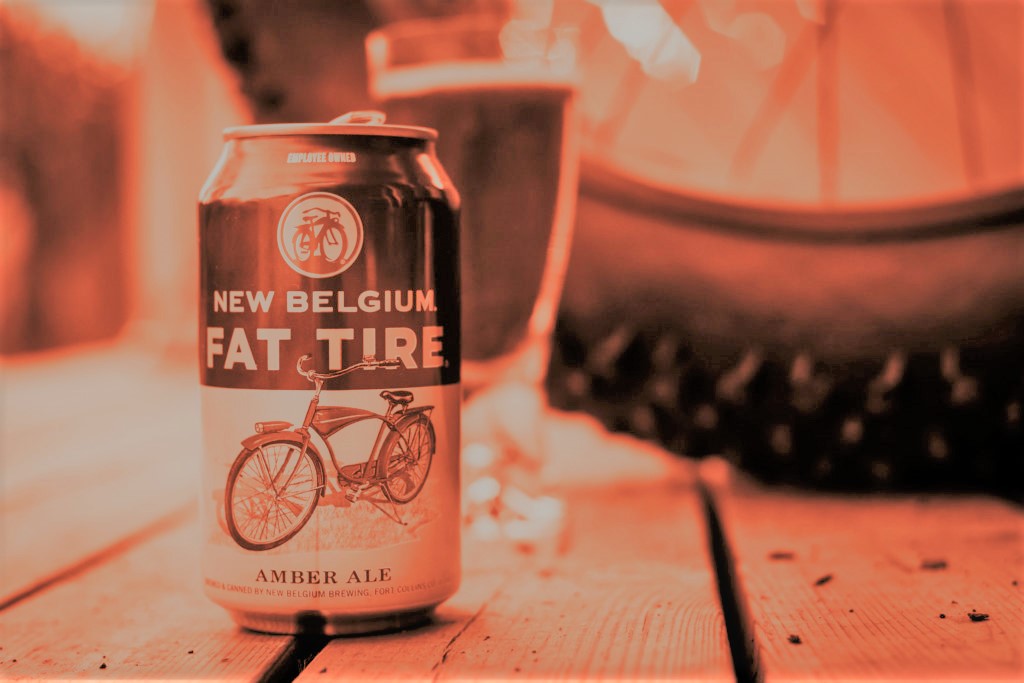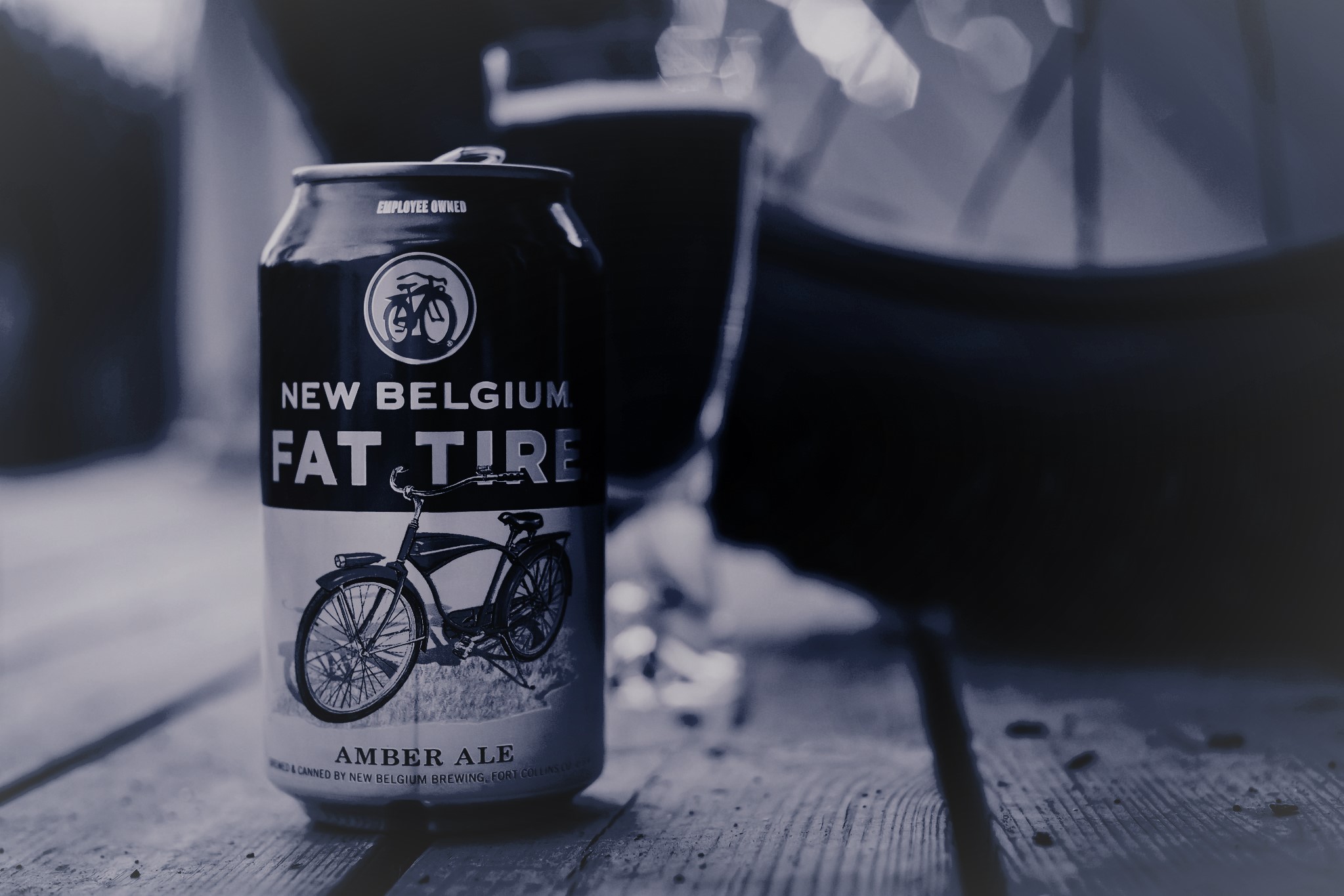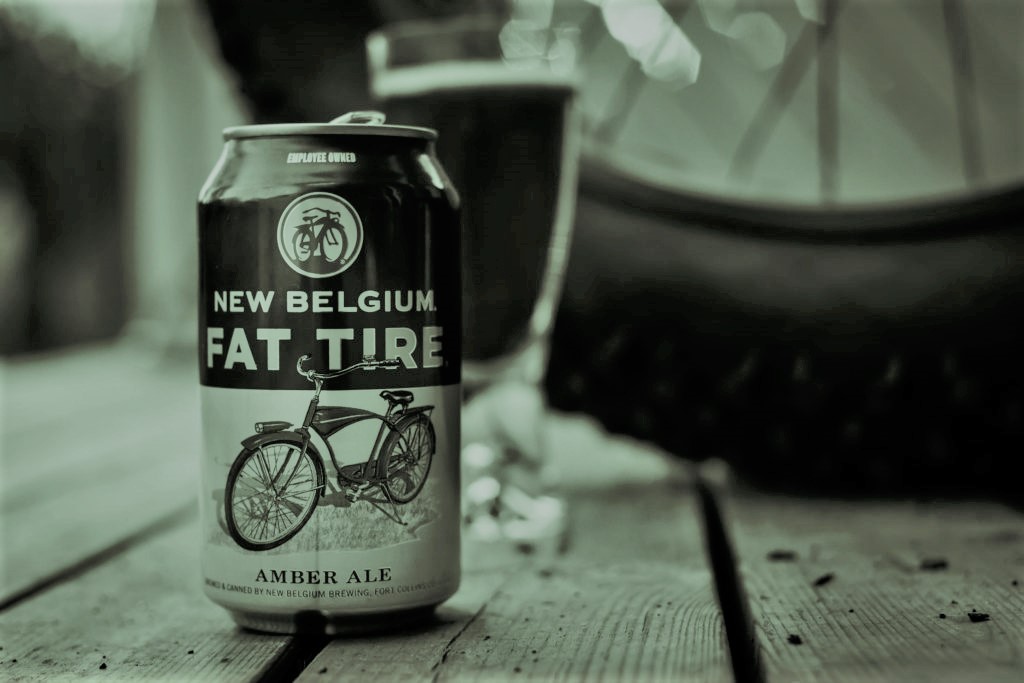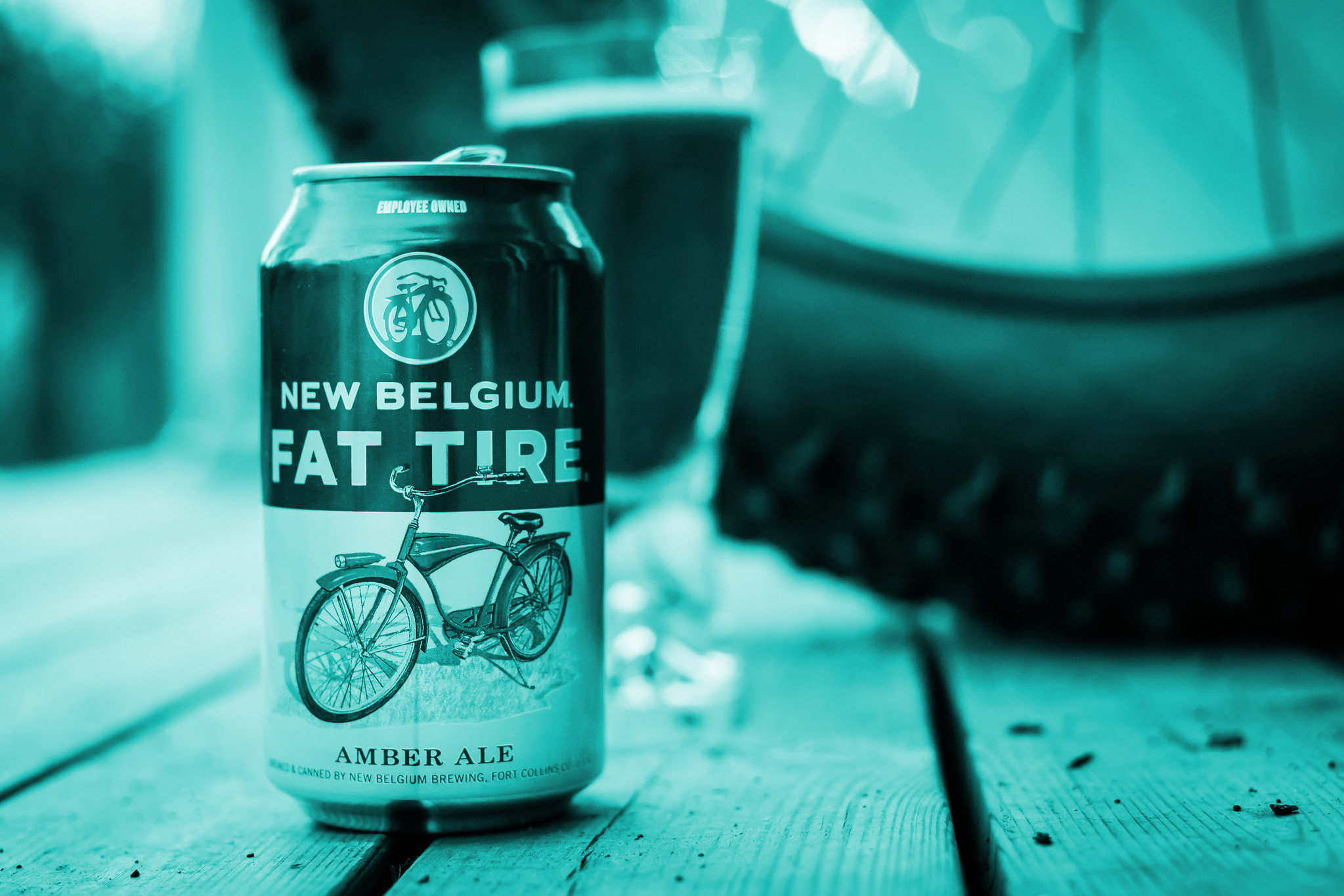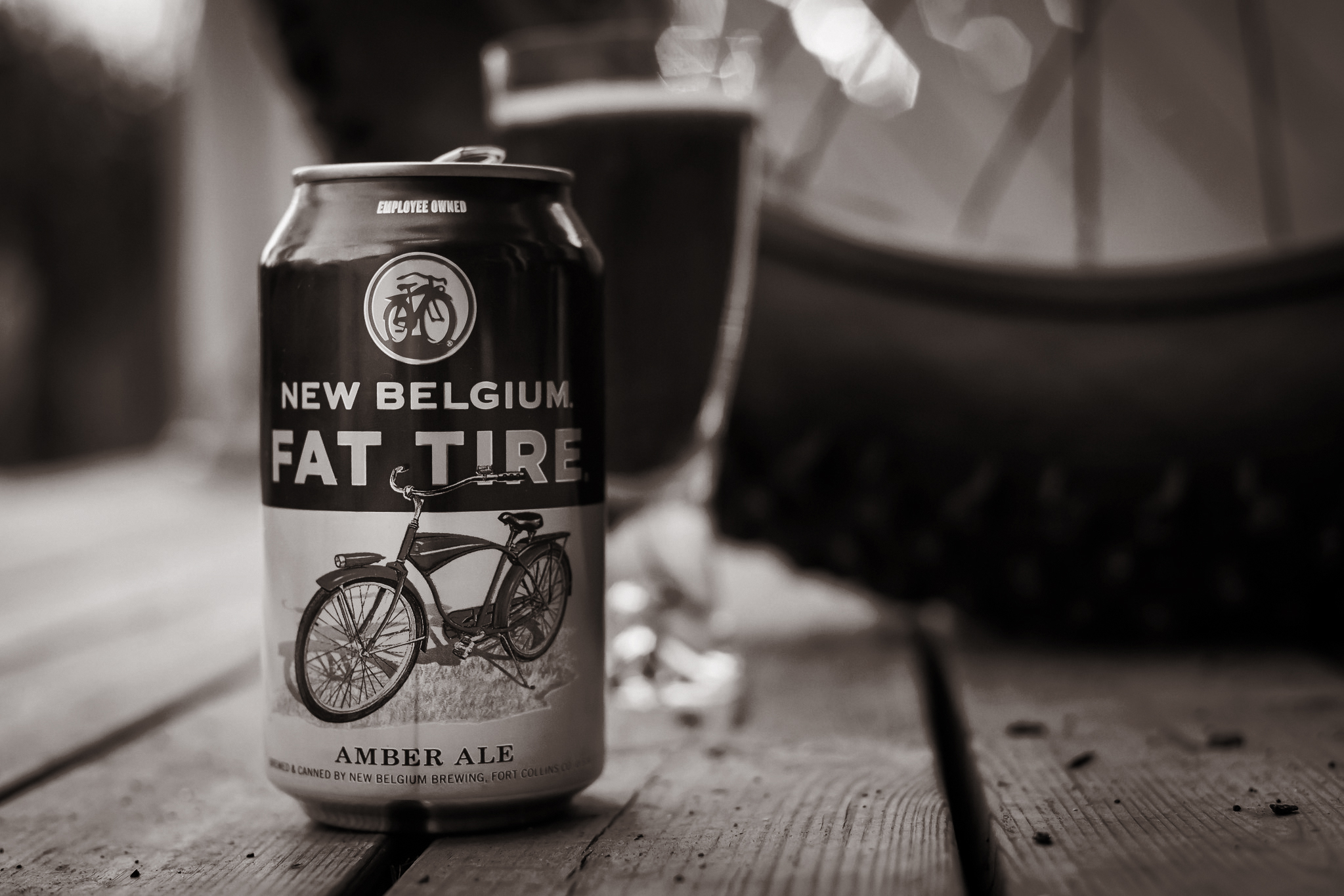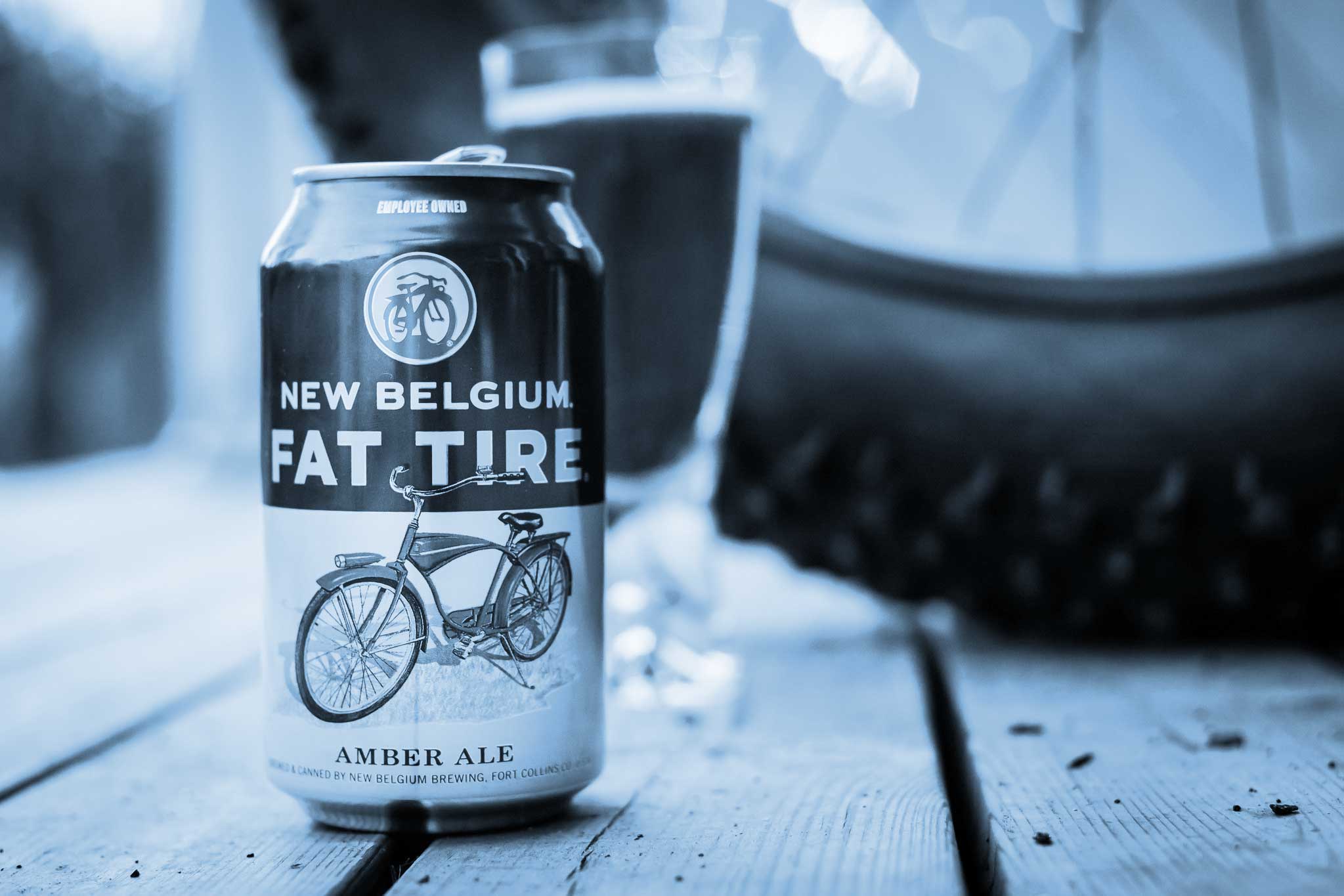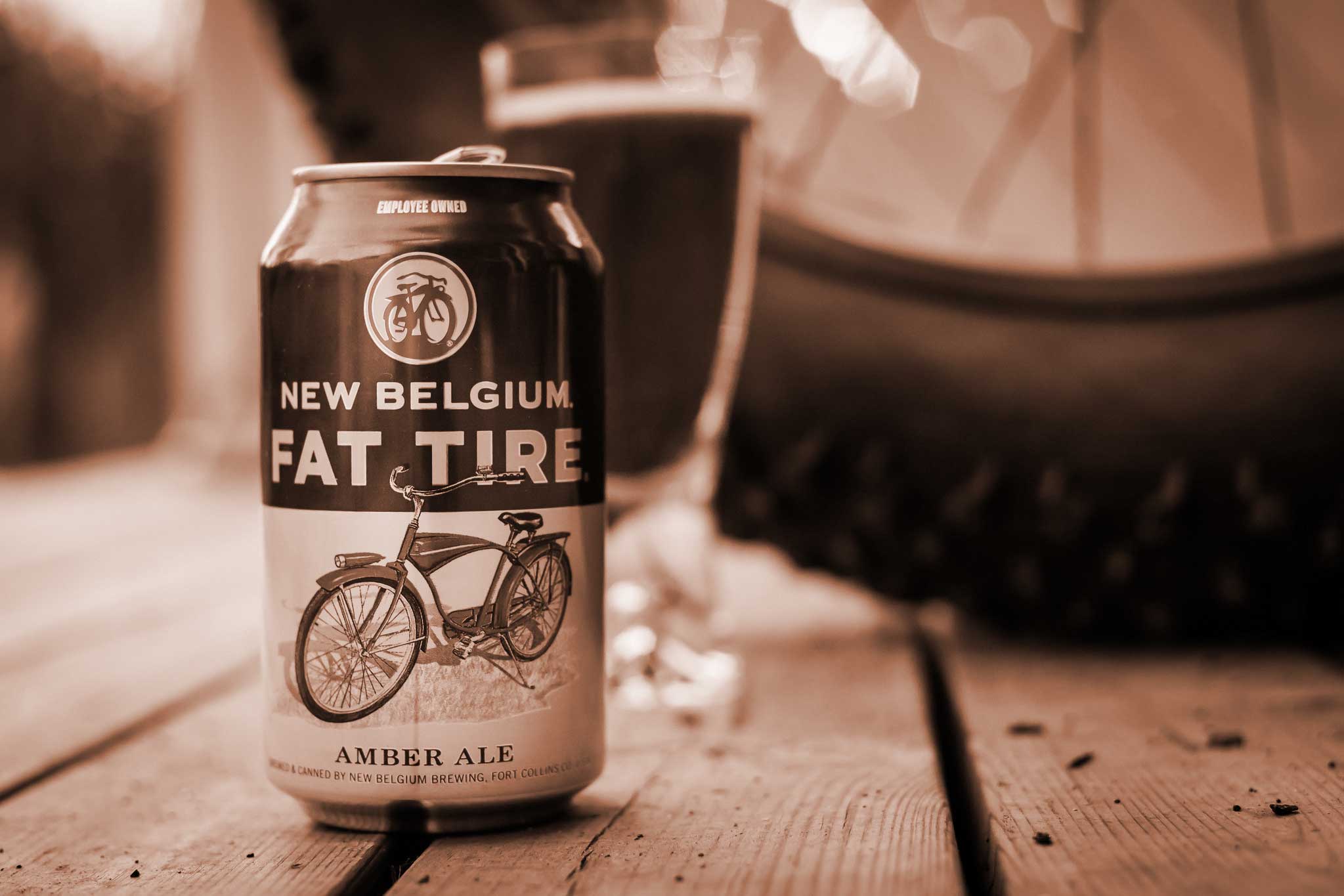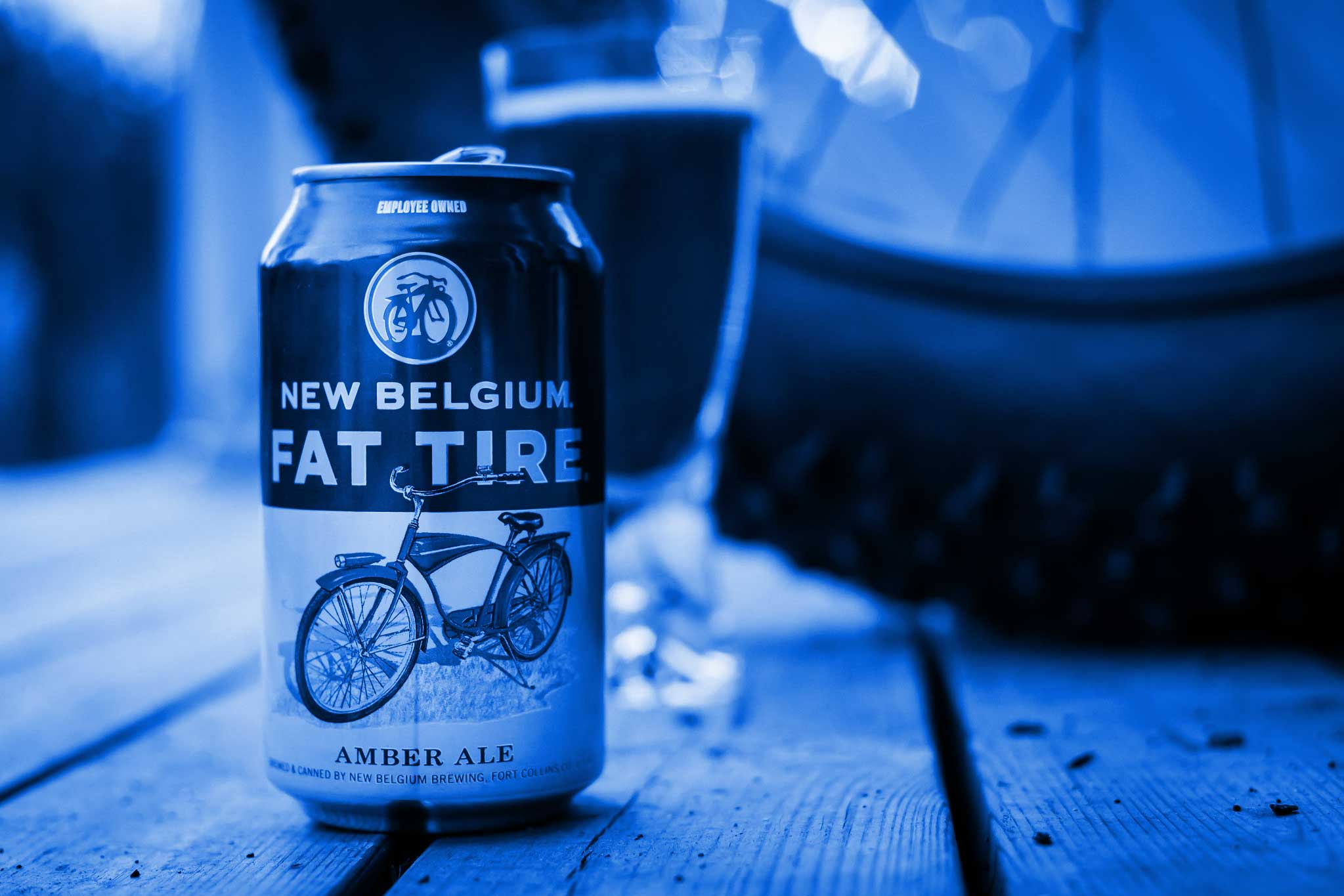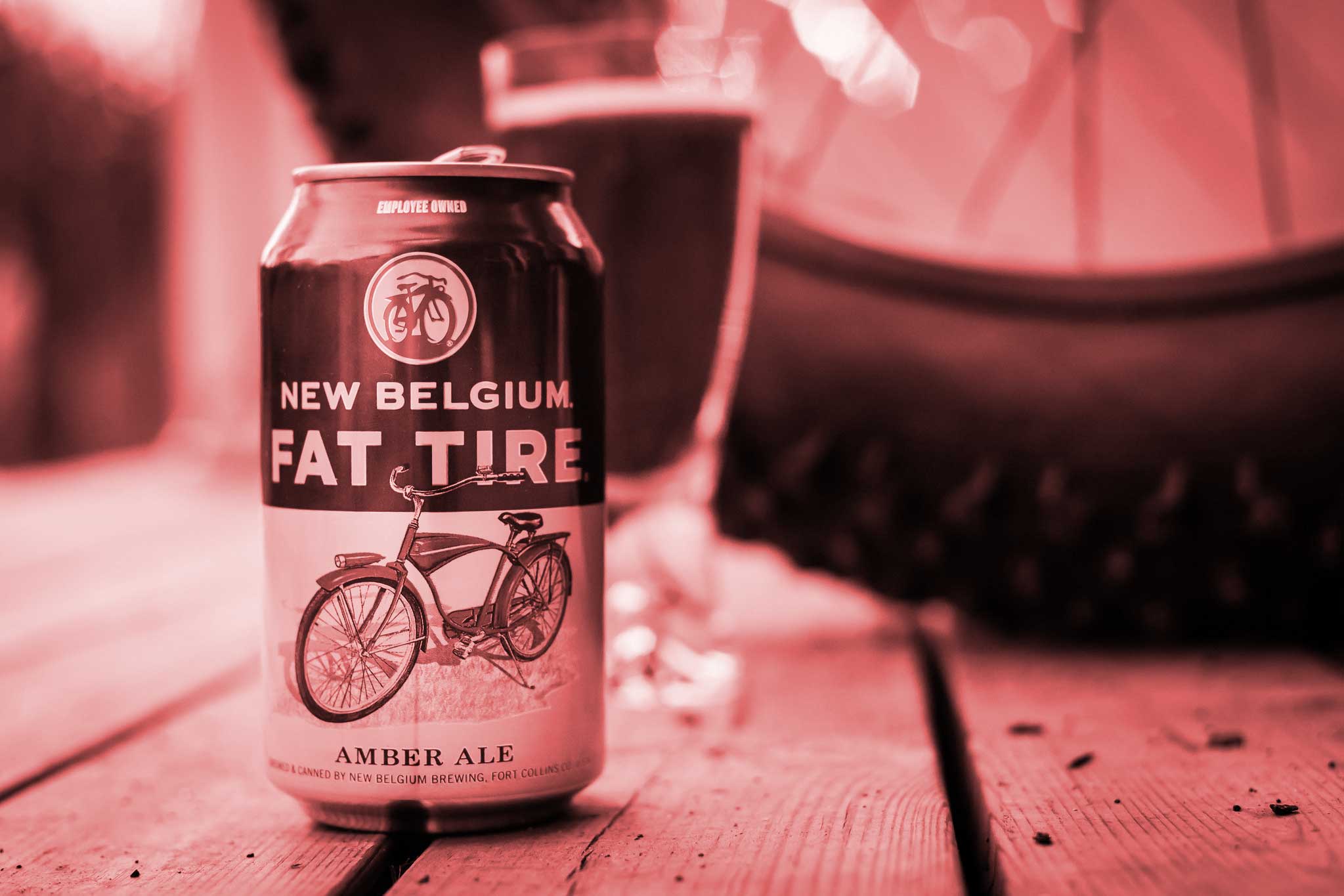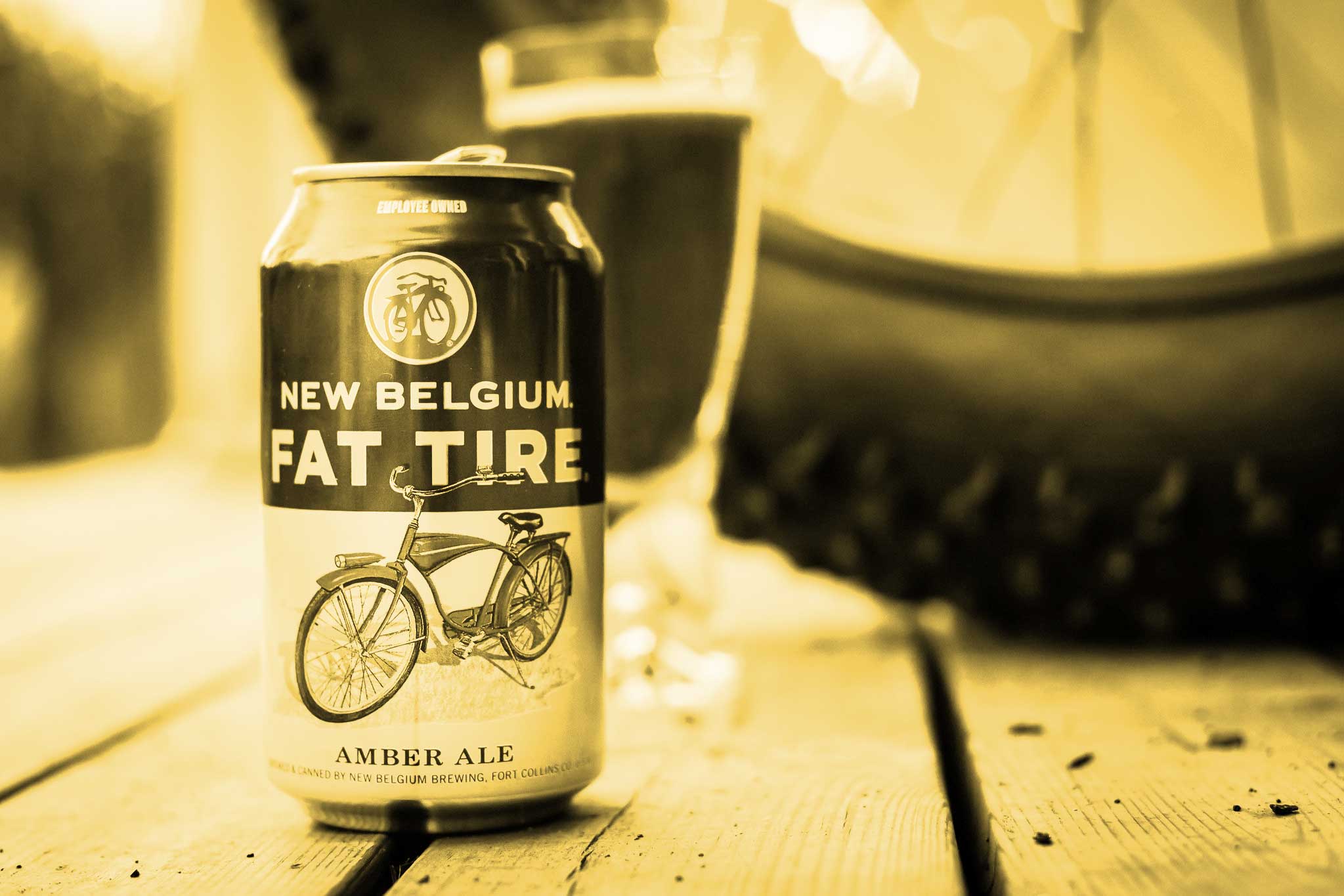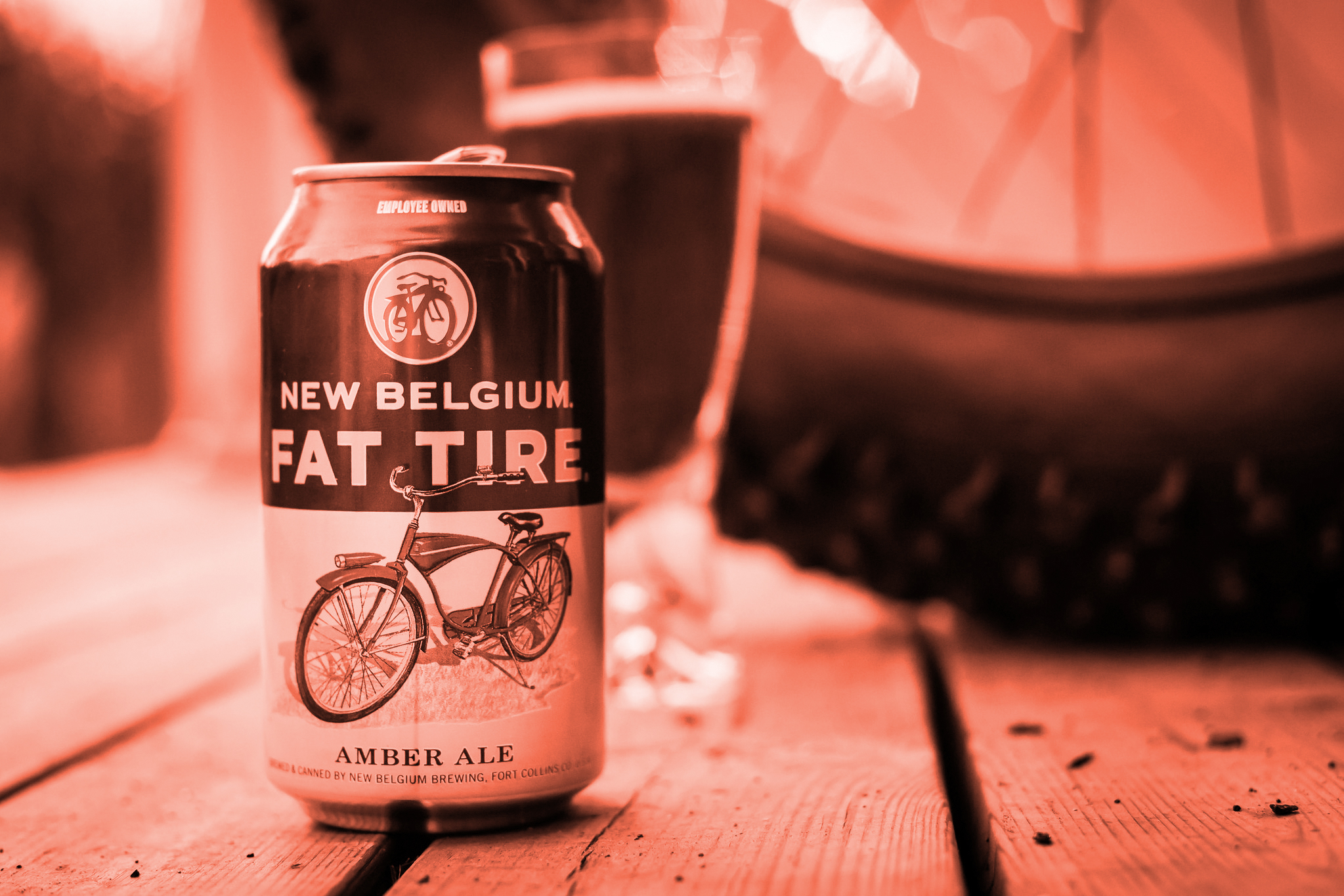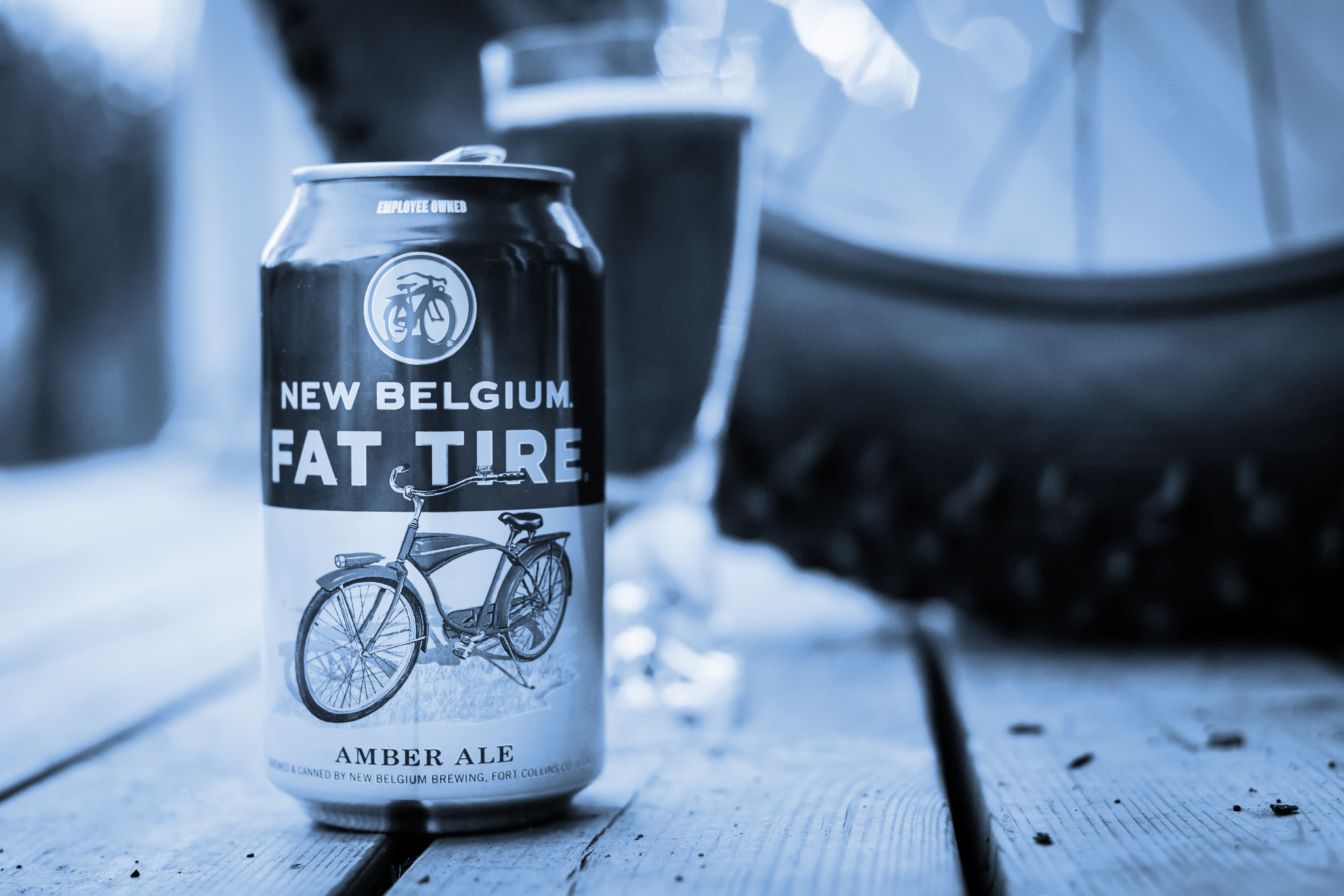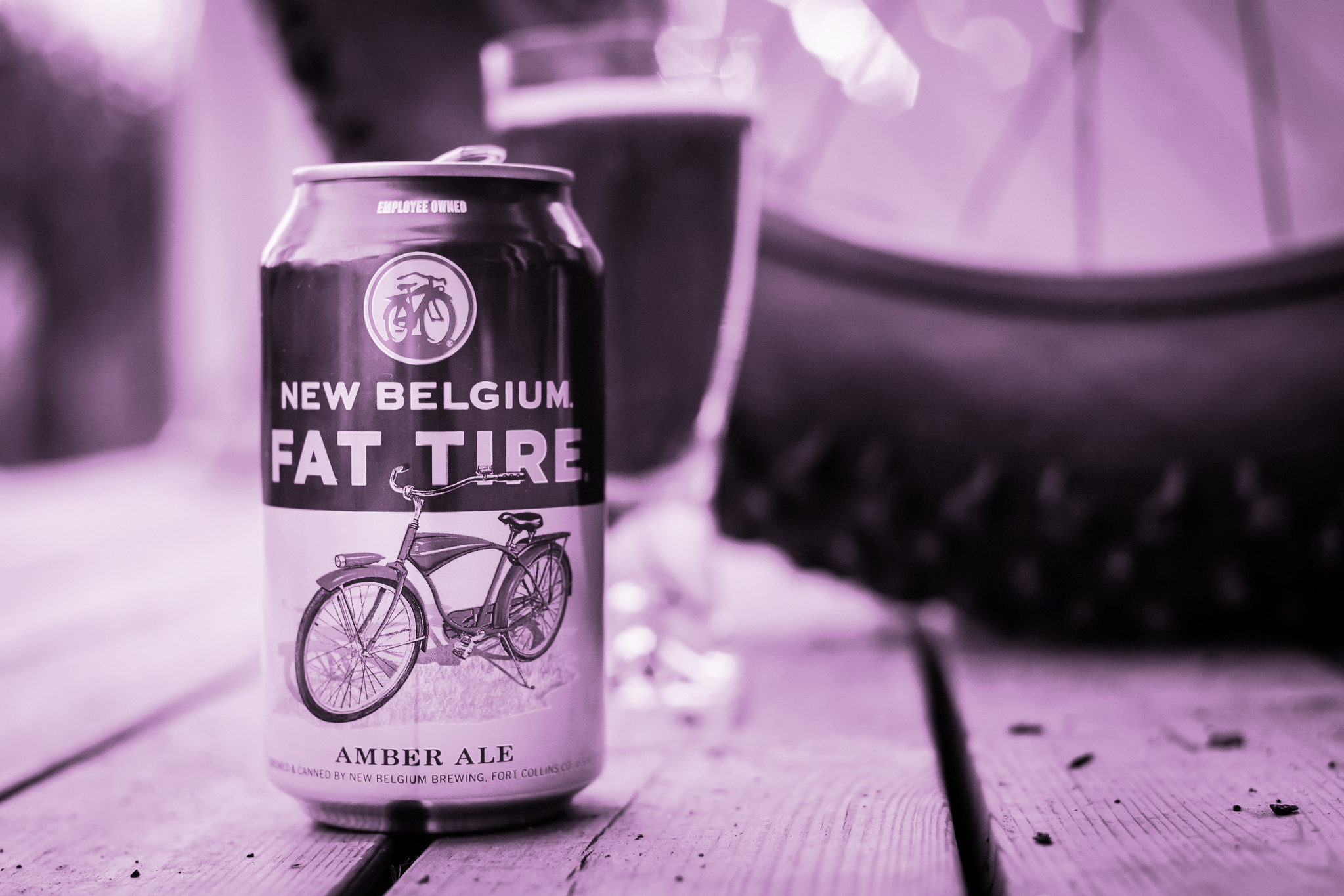Introduction
Jessica Rose, Director of Employee Ownership Programs, The Democracy Collaborative
As I travel around the country sharing the transformative power of employee ownership, I find that it’s not difficult for folks to fall in love.
Indeed, the promise of a proven, common-sense pathway to reduce inequality, anchor jobs at home, and rebuild a strong and stable middle class by leveraging firm structure — rather than social programs — has a rare practical and bipartisan appeal that sounds almost too good to be true.
But as I and other advocates have found, the question we are asked over and over is, “Does it really work?” My answer: the only thing that can truly prove the efficacy of the model are examples of real businesses at scale that are doing things right and succeeding in the marketplace as a result.
I love sharing the stories of great companies, such as Equal Exchange and Recology, whose employee ownership structures are part of a broader expression of their values and corporate social mission. And it’s consistently exciting to see folks’ eyes light up with surprise to learn that major corporate names — e.g., Publix Supermarkets or Wawa Convenience Stores — also incorporate employee ownership.
Until last month, New Belgium Brewing was one of my favorite examples to share. Almost everyone I meet has enjoyed a Fat Tire Ale but few ever expected that this household brand — with over 700 employees and hundreds of millions in revenue— was 100 percent owned by the people who produced each and every bottle of craft beer that came off the factory line.
New Belgium’s success as a mission-led business that shaped an entire industry made me proud to be a part of the movement to promote employee ownership. So, like many of my peers, I felt a real sense of loss when I woke up to read about the acquisition of New Belgium by the Japanese conglomerate, Kirin Holdings.
And the news resurfaced a lot of questions that I hadn’t considered for at least a decade, since my early research into employee ownership led me to conclude that employee ownership was not only the best kept business model secret of our age— but also the best shot I or anyone had to promote a more fair and just economy in an era of global markets and government gridlock.
What does it say about the viability of market-based strategies that even the most integral moral commitment to worker equity ultimately could not stand up to economic and market pressures?
Is it responsible to advocate for public incentives and community investment for a structure that is so vulnerable to its own success?
Is the outcome of this corporate buyout a success story, in which hundreds of rank-and-file worker-owners now have a real economic future and a chance to benefit their families and communities in a way that few middle-class Americans are afforded? Or is it merely a failure that illustrates the insurmountable gravitational pull of wealth-concentration in a capitalist system?
We at Fifty by Fifty’s Employee Ownership News feel that these questions are far too fundamental to leave unexamined. Further, we recognize a responsibility to those who would join in the cause of expanding employee ownership to present a view of the model in which both the promise and the limitations are fully considered. So, we invited experts from across the industry to consider what New Belgium’s next chapter means for this work.
In the end, the responses have been heartening. These contributions reflect a rich and diverse portrait of a model that may not be the silver bullet we all sometimes wish for, but none the less does a tremendous service to the cause of economic justice.
We hope the following will serve you and your work well.
Editor’s note: Readers may also want to listen to The Next System podcast, The End of Employee Ownership at New Belgium, with Jessica Rose, Jason Wiener, and Camille Kerr.
Can image via Anssi Koskinen @ Flickr
